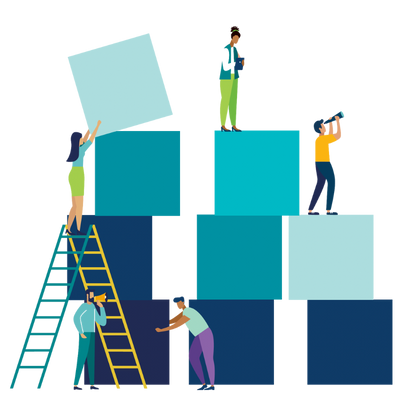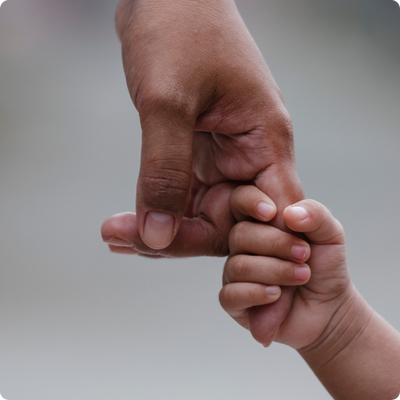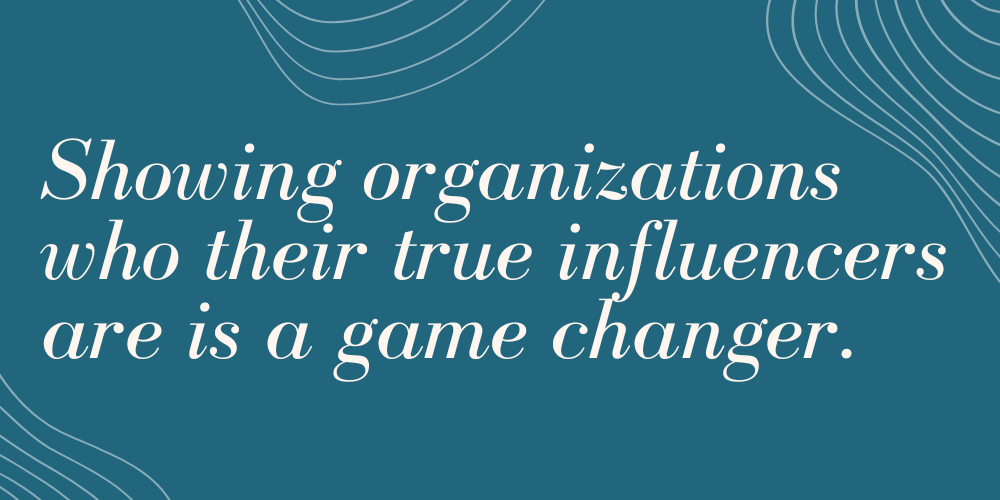Improvement vs transformation in child welfare
We must not confuse improvement for transformation. Even wildly improved outcomes for kids and families achieved by a hi …
Small moments enhance resilience and wellbeing
Workforce resilience and wellbeing work is not easy. It’s more than simply walking through a breathing exercise, using a …
Data inquiry is really just storytelling
Storytelling is the approach we chose in performing a mini equity audit for the Ramsey County, MN, Children and Family S …
What Will It Take to Build a Child Welfare System That Heals?
Across the country, the child welfare system is under extraordinary pressure. Family stress is rising, the workforce is …
Restoring Connections: How Alia and SCO Family of Services are Helping Youth Build Permanent Bonds
For youth in foster care, the journey to stability is marked by disruption and loss. Most experience repeated changes in …
There are always “somebodies”: reframing permanency for youth in care
“For kids who have nobody, we believe there actually are somebodies. And the question becomes: Are we willing to do what …
Belonging, connection & safety: they go together
Humans can do anything when we know we’re not alone. At Alia, every aspect of our work to keep families safely together …
Child Welfare Can Halt Workforce Turnover with Resilience & Belonging
The Child Welfare Workforce is at a Crossroads Child welfare stands at a crossroads. Nationwide, the workforce is facing …
The BeeHive: A Testament to the Power of Community Co-design
In the heart of Rock County, Wisconsin, there exists a haven for Black women impacted by Rock County Human Services call …





.png)

-2.png)